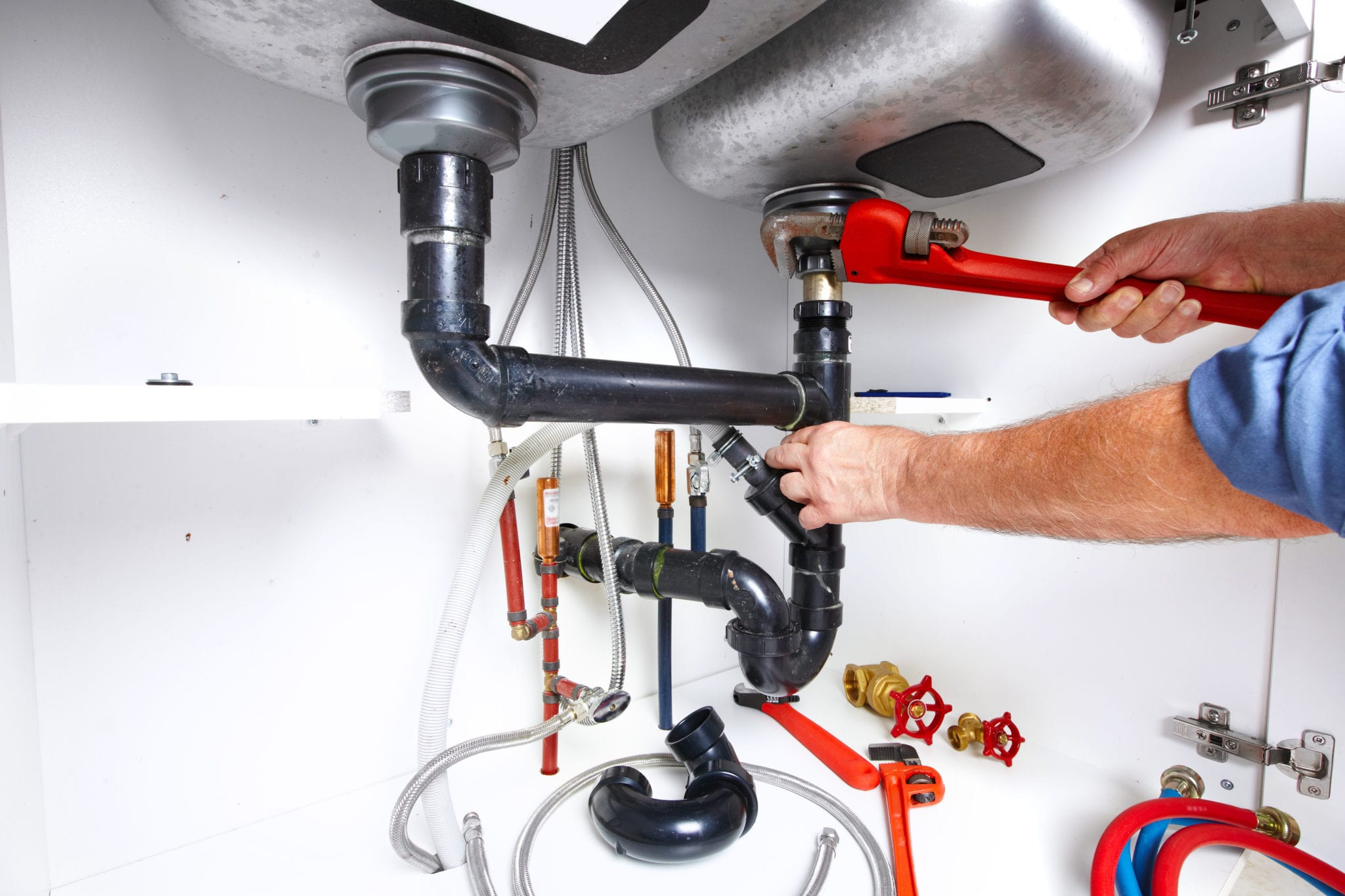Just about every person is bound to have their own thinking with regards to Locating water leaks.

Early discovery of leaking water lines can minimize a possible calamity. Besides saving you cash, it will certainly reduce the stress as well as frustration. The moment you locate a leakage, calling your plumber for fixings is the best service. Nevertheless, some small water leakages might not show up. Below are some hacks that aid if you can not identify it with your nude eyes.
1. Check Out the Water Meter
Every home has a water meter. Inspecting it is a guaranteed way that aids you find leakages. For beginners, shut off all the water resources. Make certain no person will purge, use the faucet, shower, run the washing machine or dish washer. From there, most likely to the meter and also watch if it will transform. Since no person is utilizing it, there should be no movements. That indicates a fast-moving leakage if it relocates. If you discover no changes, wait a hr or two and also examine back once more. This means you might have a slow leak that could also be below ground.
2. Inspect Water Usage
Analyze your water bills as well as track your water intake. As the one paying it, you should observe if there are any kind of discrepancies. If you spot sudden changes, despite your intake coinciding, it indicates that you have leakages in your plumbing system. Keep in mind, your water expense ought to fall under the exact same variety on a monthly basis. An abrupt spike in your expense suggests a fast-moving leakage.
At the same time, a constant rise on a monthly basis, even with the exact same behaviors, reveals you have a slow leak that's also slowly escalating. Call a plumber to completely inspect your property, particularly if you feel a warm location on your flooring with piping underneath.
3. Do a Food Coloring Test
When it comes to water usage, 30% comes from commodes. If the color in some way infiltrates your bowl throughout that time without flushing, there's a leakage between the tank as well as bowl.
4. Asses Exterior Lines
Don't forget to check your outside water lines also. Needs to water seep out of the link, you have a loosened rubber gasket. One little leak can squander bunches of water as well as spike your water expense.
5. Evaluate the circumstance as well as check
Home owners should make it a habit to check under the sink counters as well as also inside cabinets for any kind of bad odor or mold and mildew development. These two red flags show a leakage so punctual interest is required. Doing regular evaluations, also bi-annually, can save you from a significant issue.
If you know your house is already old, maintain a watchful eye on your heating units, tubes, pipelines and so on. Check for discolorations as well as deteriorating as most devices and pipelines have a life span. They will additionally naturally degrade as a result of wear and tear. Do not wait for it to rise if you suspect leaking water lines in your plumbing system. Call a specialist plumber right away so you do not end up with a dreadful mess in your home.
Early detection of dripping water lines can alleviate a prospective catastrophe. Some tiny water leakages may not be noticeable. Inspecting it is a proven way that aids you discover leakages. One tiny leakage can lose tons of water as well as increase your water costs.
If you believe dripping water lines in your plumbing system, do not wait for it to rise.
WARNING SIGNS OF WATER LEAKAGE BEHIND THE WALL
PERSISTENT MUSTY ODORS
As water slowly drips from a leaky pipe inside the wall, flooring and sheetrock stay damp and develop an odor similar to wet cardboard. It generates a musty smell that can help you find hidden leaks.
MOLD IN UNUSUAL AREAS
Mold usually grows in wet areas like kitchens, baths and laundry rooms. If you spot the stuff on walls or baseboards in other rooms of the house, it’s a good indicator of undetected water leaks.
STAINS THAT GROW
When mold thrives around a leaky pipe, it sometimes takes hold on the inside surface of the affected wall. A growing stain on otherwise clean sheetrock is often your sign of a hidden plumbing problem.
PEELING OR BUBBLING WALLPAPER / PAINT
This clue is easy to miss in rooms that don’t get much use. When you see wallpaper separating along seams or paint bubbling or flaking off the wall, blame sheetrock that stays wet because of an undetected leak.
BUCKLED CEILINGS AND STAINED FLOORS
If ceilings or floors in bathrooms, kitchens or laundry areas develop structural problems, don’t rule out constant damp inside the walls. Wet sheetrock can affect adjacent framing, flooring and ceilings.
https://www.servicemasterbyzaba.com/blog/how-to-detect-water-leakage-in-walls/

I came across that entry on Locating water leaks while surfing the internet. Enjoyed our write up? Please share it. Help another person discover it. We treasure reading our article about Detecting hidden plumbing leaks.